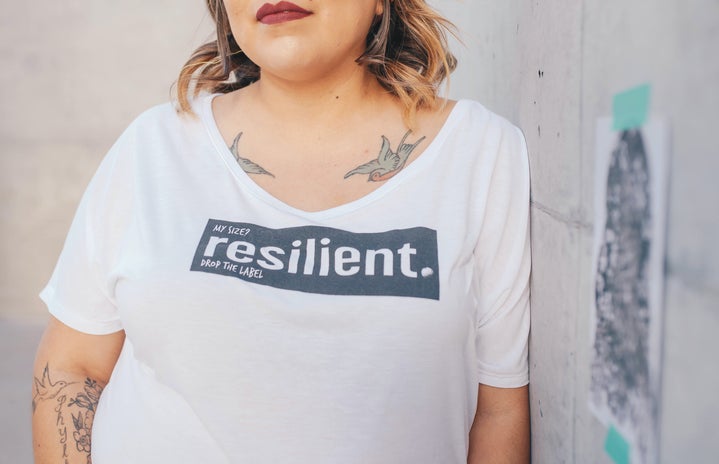With the large-scale development of the annual Women’s Marches that began in January 2017 regarding a variety of humans rights issues, you have probably heard the term “intersectionality” used at least once or twice, especially in discussions or events regarding feminism. While the term is becoming common in feminism, there remains a great deal of confusion and misunderstanding on what it means and how it applies to feminism.
The intersectionality theory was first introduced to feminism by Kimberlé Crenshaw, American civil rights advocate and legal scholar, in her 1989 essay “Mapping the Margins: Intersectionality, Identity Politics, and Violence Against Women of Color”. It was a term she used to help explain the oppression of African-American women and how they could not be defined as being “African-American” and a “woman” independently because their experiences were a result of the sum of all the categories they fit under in cohesion.
The textbook definition describes intersectionality in relation to feminism as “the view that women experience oppression in varying configurations and in varying degrees of intensity.” Examples of these “varying configurations” of intersectionality include race, gender, class, ability, ethnicity, and more. To simplify, the idea is that there are layers and layers that make up a woman’s identity and that impact the variety of challenges they have to face in their lives. Therefore, demonstrating feminism strictly through a white, cisgender, straight, middle-aged, able, and/or privileged female does not represent all the aspects of feminism or all layers of the population of women who are advocating for it. That narrow form of feminism would not see or experience the same challenges that, say, a woman of color or a trans woman would have to face as they go through their lives and campaign for the feminist cause. An intersectional approach to feminism takes into account all the different historical, social, political, economic, and cultural contexts a woman could be coming from and how various combinations of these differences create different experiences, voices, and opinions on the matter.
Discrimination, although separated into categories such as racism and sexism, overlaps and the combination of these categories is what leaves some people more vulnerable than others. The importance of the intersectionality theory in feminism, therefore, comes from the value of allowing every woman to have a voice on the issue of feminism, regardless of what categories they fit into. While fully understanding the concept, as with any, is a work in progress, it’s important to focus not only on what it is but what it does. Without intersectionality, the mass understandings of feminism are narrowed and limited to the one category of voices speaking about it which in turn limits the transformative abilities behind the feminist movement. The intersectionality theory acknowledges differences while promoting commonalities and allows for a larger unity of the various aspects of feminism. The goal of feminism is to advocate for equality for all women, and intersectionality is a framework which both prevents marginalized women from being sidelined and strengthens the movement through the unity of women from all walks of life.
Information obtained from:
https://www.ncbi.nlm.nih.gov/pmc/articles/PMC4181947/
https://www.jstor.org/stable/1229039?seq=1#page_scan_tab_contents
Images obtained from:
https://shawglobalnews.files.wordpress.com/2017/03/feminism-today.jpg?qu…
https://i.ytimg.com/vi/ROwquxC_Gxc/maxresdefault.jpg
https://www.wessexscene.co.uk/wp-content/uploads/2015/11/tumblr_mjds6nBB…


